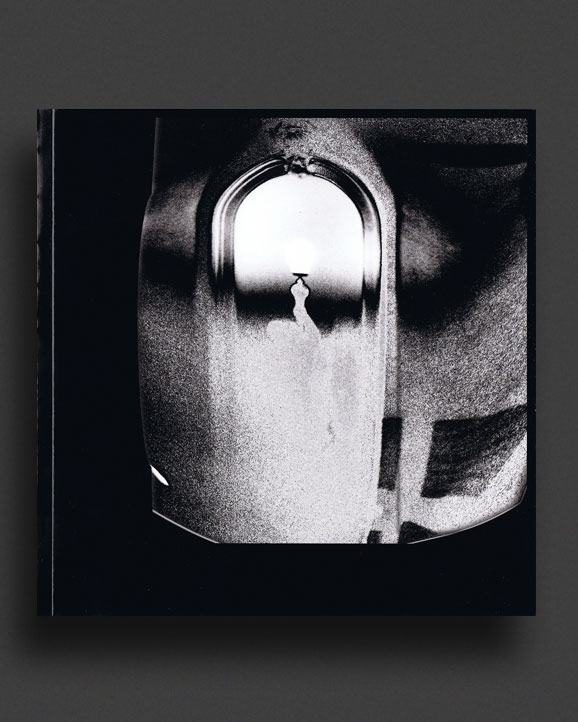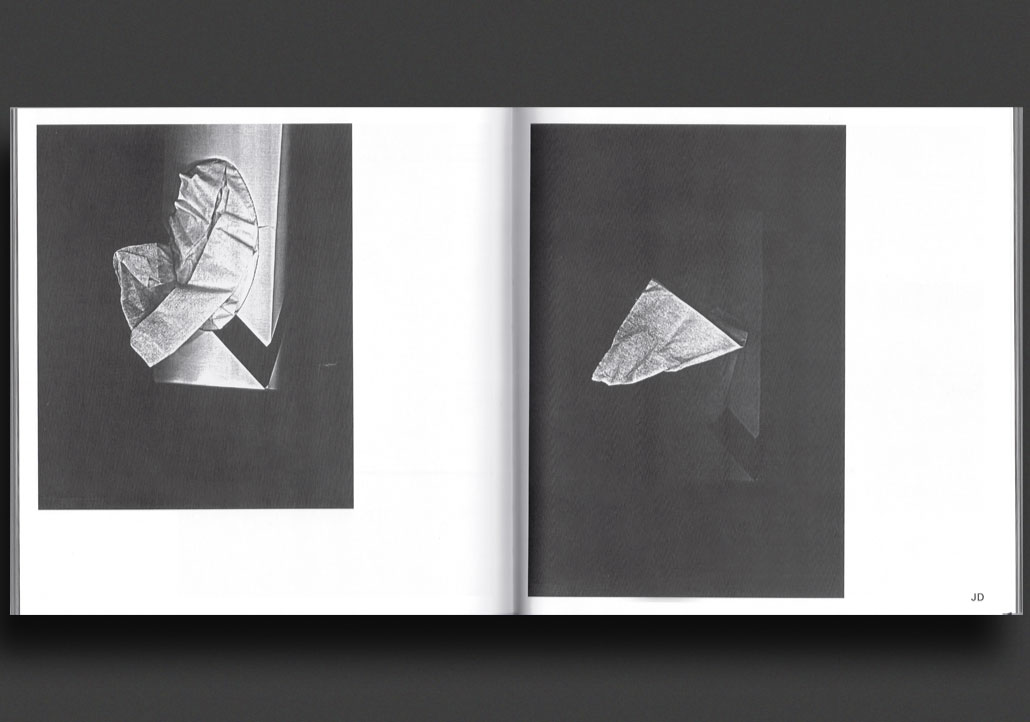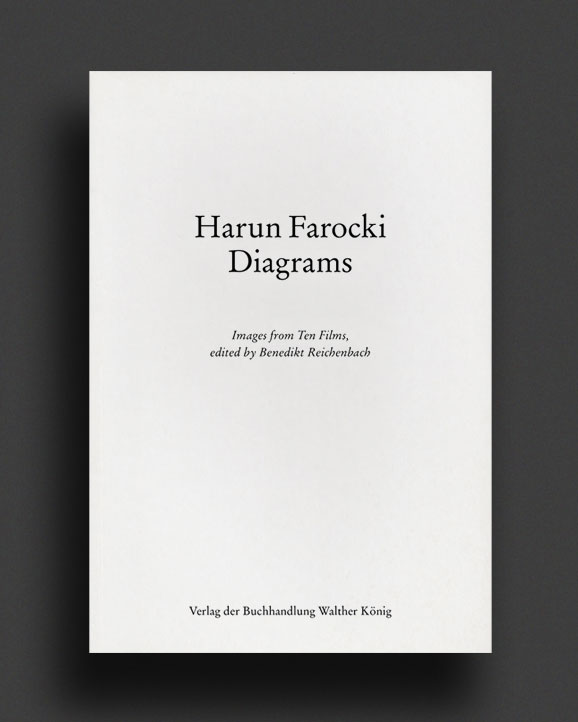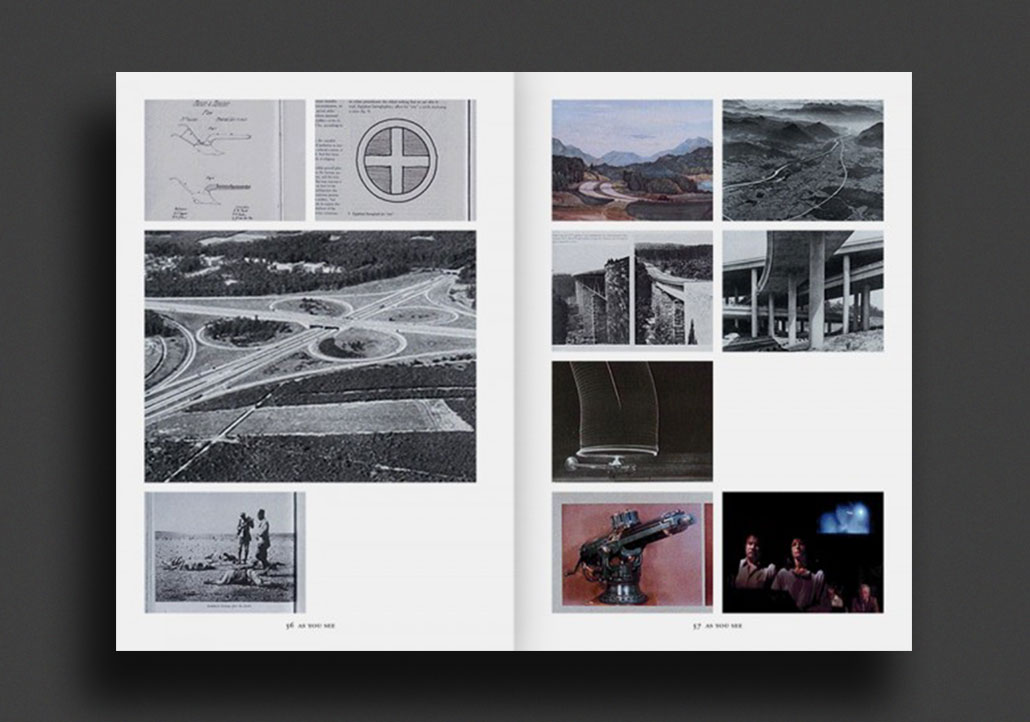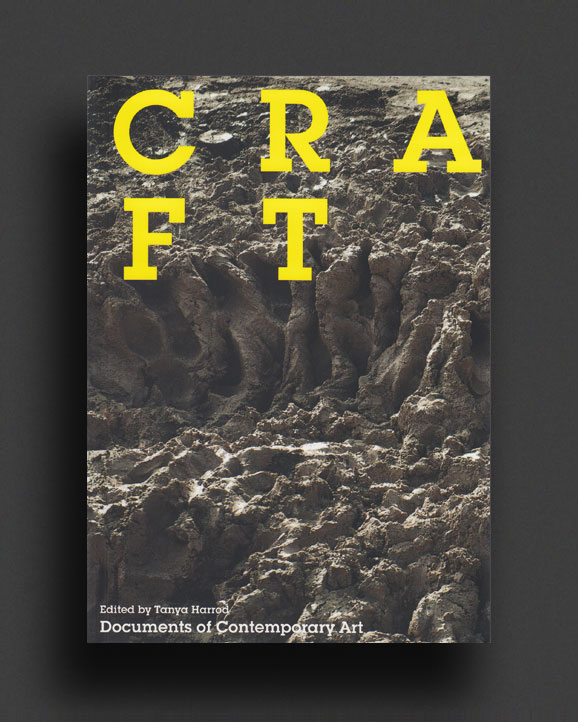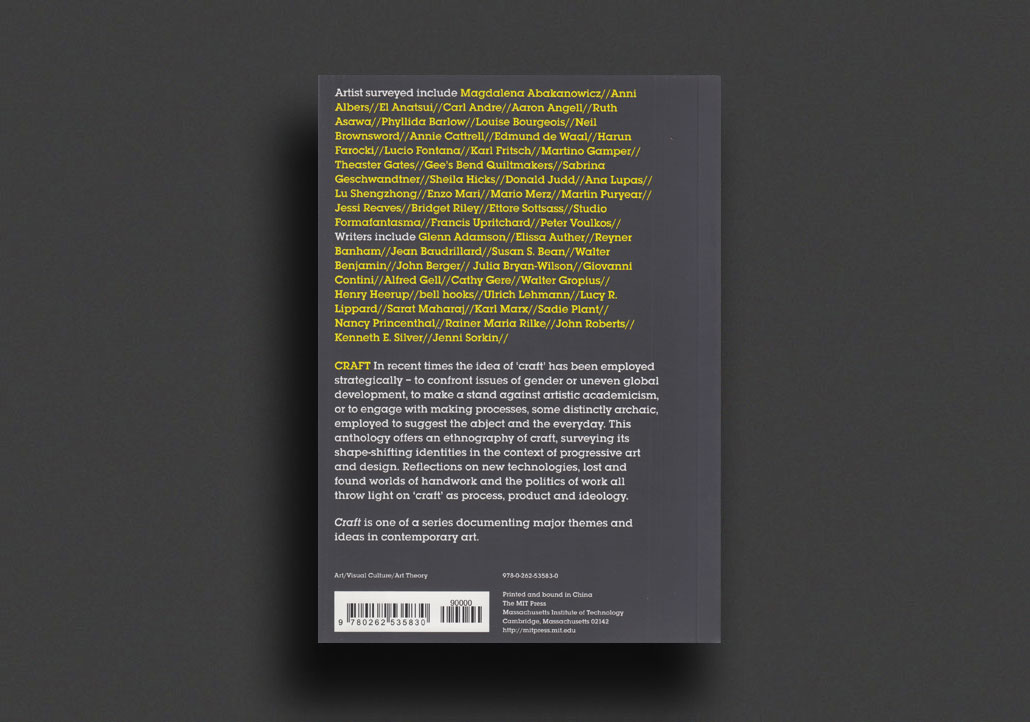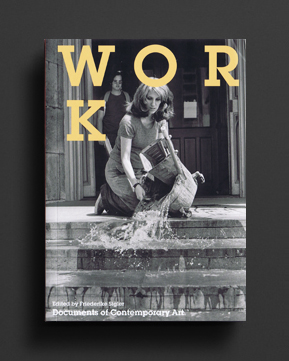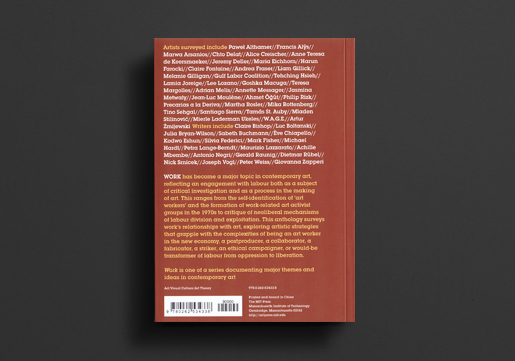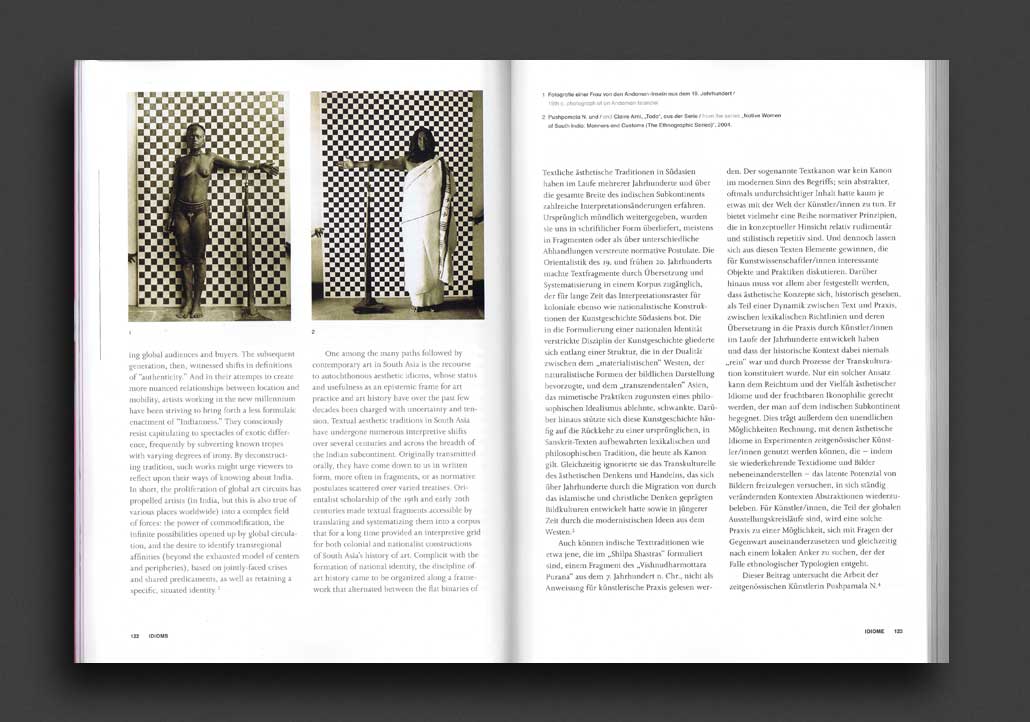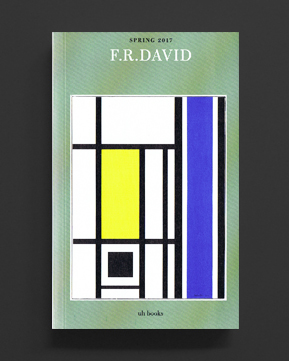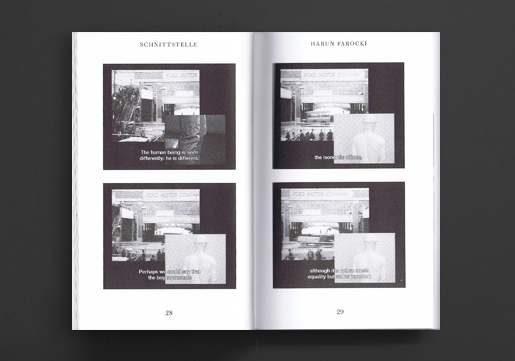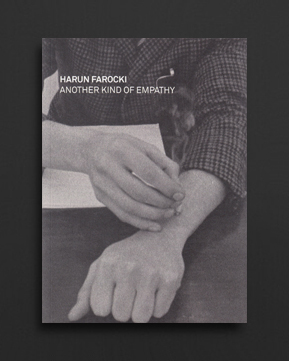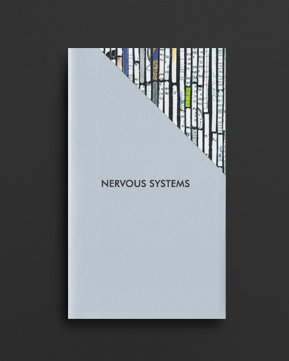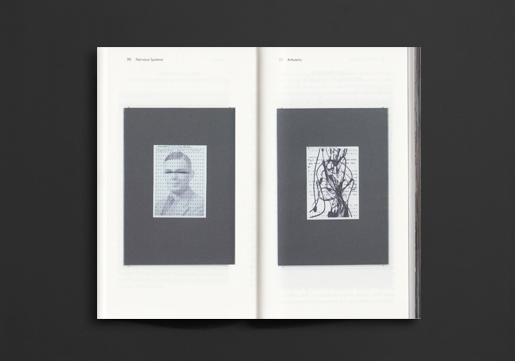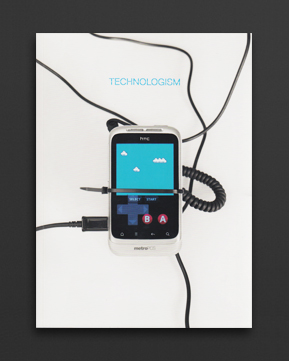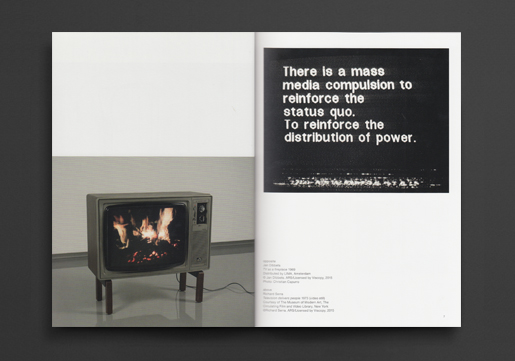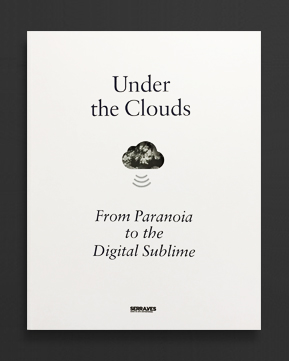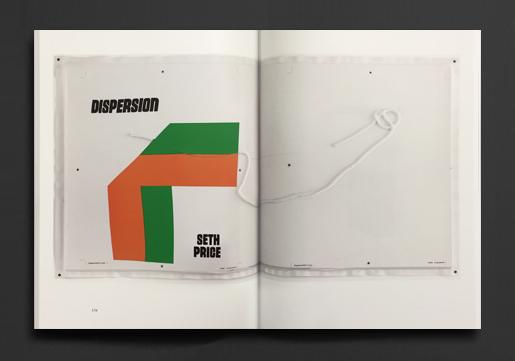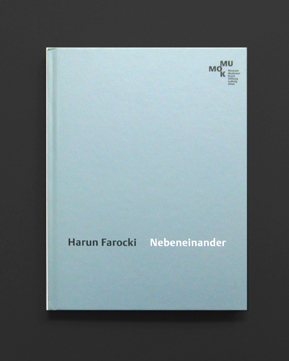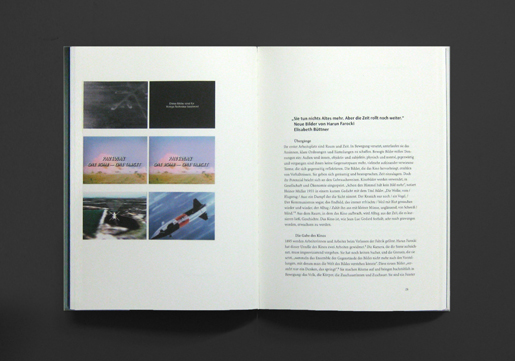(...less)
Catalogue published to accompany the exhibition Technologism, at Monash University Museum of Art (MUMA) in Melbourne, 3 Oct - 12 Dec 2015, curated by Charlotte Day.
Artists: Cory Arcangel (US), Dara Birnbaum (US), Chris Burden (US), Ian Burn (AU), Antoinette J. Citizen (AU), Simon Denny (NZ), Jan Dibbets (NL), Aleksandra Domanović (SI/DE), Harun Farocki (DE), Benjamin Forster (AU), Isa Genzken (DE), Greatest Hits (AU), Martijn Hendriks (NL), Lynn Hershman Leeson (US), Matt Hinkley (AU), Jenny Holzer (US), Edward Kienholz & Nancy Reddin Kienholz (US), Oliver Laric (AT), Mark Leckey (UK), Scott Mitchell (AU), Rabih Mroué (LB), Henrik Olesen (DK), Nam June Paik (KR/US), Nam June Paik & John Godfrey (US), Joshua Petherick (AU), Matte Rochford (AU), Jill Scott (AU), Richard Serra (US), John F. Simon Jr. (US), Brian Springer (US), Hito Steyerl (DE), Ricky Swallow (AU), Jeff Thompson (US), Pia van Gelder (AU), Ulla Wiggen (US) and Dennis Wilcox (AU)
MUMA concludes its three-part series on watershed moments in art history — Reinventing the Wheel: the readymade century and Art as a Verb — with Technologism, a major group exhibition bringing together forty-three historical and contemporary artworks, including several new commissions from Australian practitioners. Technologism wrestles with the profound cultural, social and political impact technology has made on art since the 1960s.
Conservative cul-de-sac's of the community are often sceptical of technology and its ever increasing presence in our lives. However many artists — with a natural propensity for constant upheaval — have whole-heartedly embraced radical changes in technology over the last sixty years. Featuring artworks that engage both physically and conceptually with electronic systems — television, computers, the internet, smartphones — Technologism focuses on the ways artists critique and disrupt official uses of the media, or construct their own machines and data systems.
Riffing off both the aesthetic and conceptual characteristics of technology, artists in Technologism document technology's advancement in a plethora of ways: Ulla Wiggen's intricate paintings of circuit boards from the mid 1960s, see the development of an aesthetic inspired by the complex intersection of electrical wires, connectors and components, working to manipulate and rewire the physicality of technology; some thirty years later, John F. Simon's Art Appliances series of the 1990s uses the circuitry of small LCD screens to disrupt pictures and patterns, recreating them over; in Matte Rochford's video Progressively Degrading Test Pattern 2013, humble VHS tapes are copied and recopied, in a process of metaphysical reduction; while in Joshua Petherick's new work, one technology is employed to record another soon to be superseded, revealing new visual dimensions and the 'ghosts in the machine'.
A story of advancement inevitably turns into obsolescence, and Technologism seeks to document the early use of broadcast technology as a way of bridging the gap (and finding a space) between the image on the screen, the physical presence of the viewer, and the broader community. Jan Dibbet's TV as a Fireplace 1968, documents television as a collective experience — even if viewers were separated physically, they were united through time and space like pre-historic cave-dwellers by a communal broadcast. However with the advent of the internet, personal computer devices and streaming services, technology has again changed the relationship we have with the world around us to a more singular yet proliferating existence.
A history of DIY jamming and hacking presents the way artists have continued to subvert conventional uses of technology and challenge the status-quo, from the internet as militarily-designed, to corporately-exploited, civilian-employed, artistically-manipulated, and back again. For instance, Lynn Hershman Leeson's work investigates how media is used as a tool for censorship and political repression, while Simon Denny's work co-opts the aesthetic and rhetoric of language of multinational corporations in order to question their power. In presenting these works and others, Technologism seeks to consider what is the value of such subversion, or is it merely a perpetuation of the problem?
Artist Hito Steyerl asks, 'is the internet dead?' Although, hyperbolic in its prognosis, Technologism recognises that sceptical questions such as this are an important part of how artistic practice negotiates technological advancement. Technologism proceeds from the idea that technology in all its forms, physical and immaterial, needs to be interrogated in order to be perpetually remade.
Technologism considers changes in infrastructure, such as telecommunication networks and the internet, and the cultural implications of technological innovation and considers from the position of the developers of these technologies as well as from the end user. Technologism asks 'how does technology effect artistic practice?' As well as, 'how can artistic practice effect technology?'
Fully illustrated catalogue features texts by Charlotte Day, Philip Brophy, Bridget Crone and Sean Dockray. Designed by Yanni Florence.
File under:
Antoinette J. Citizen
Benjamin Forster
Brian Springer
Chris Burden
Cory Arcangel
Dara Birnbaum
Dennis Wilcox
Edward Kienholz
Greatest Hits
Harun Farocki
Henrik Olesen
Hito Steyerl
Ian Burn
Isa Genzken
Jan Dibbets
Jeff Thompson
Jenny Holzer
Jill Scott
John F. Simon Jr.
John Godfrey
Joshua Petherick
Lynn Hershman Leeson
Mark Leckey
Martijn Hendriks
Matt Hinkley
Matte Rochford
Nam June Paik
Nancy Reddin Kienholz
Oliver Laric
Pia van Gelder
Rabih Mroué
Richard Serra
Ricky Swallow
Scott Mitchell
Simon Denny
Ulla Wiggen
Aleksandra Domanović
Bridget Crone
Charlotte Day
Philip Brophy
Sean Dockray
MUMA / Victoria
Art
Film / Video
Sculpture / Installation
Sound / Music
Theory / Essay
Group Shows / Collections
























































































































































